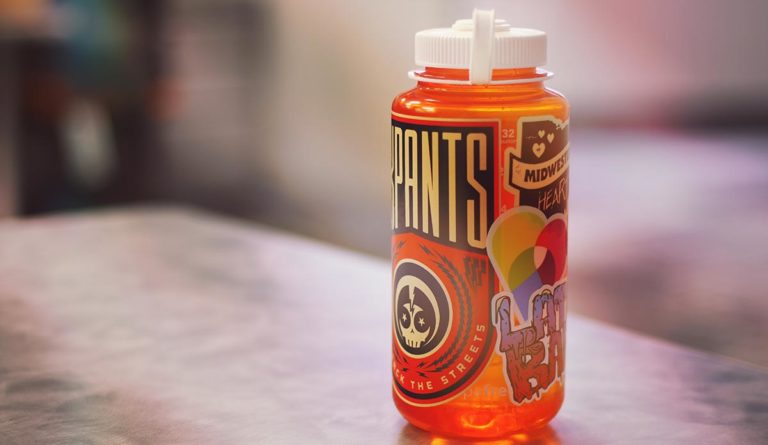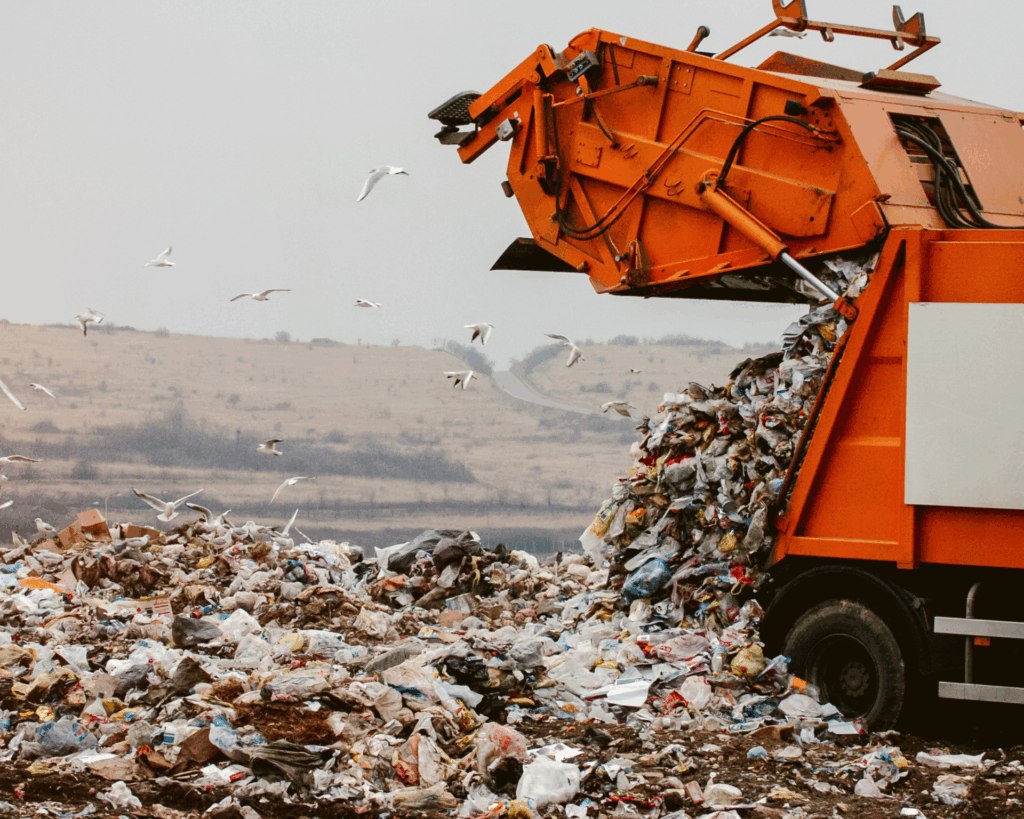BPA: What Comes In Must Come Out
Research suggests that, even when we try to actively avoid BPA-contaminated foods, exposure is inevitable. Both the FDA and FSA report that BPA levels in our food and environment are not cause for concern.

Read Time: 4 minutes
Published:
With conflicting evidence over the impact that Bisphenoal-A (BPA) has on human health, some of us attempt to control our exposure. We double-check the bottoms of our Nalgene water bottles to ensure they’re BPA-free, or buy organic produce to avoid plastic packaging. BPA is a chemical compound used to make polycarbonate plastics. These are the tough, transparent, shatter-proof plastics that make up our Tupperware containers, eyewear, sports equipment, plastic food bags, and sales receipts. BPA is capable of leaching from plastic into food, especially when exposed to heat or sunlight. We absorb BPA by eating contaminated food, inhaling dust particles, and through our skin. Contamination happens most frequently through ingestion, so many believe that avoiding packaged foods, canned goods, and heating plastic food storage containers will limit their exposure.
Try as we might to avoid BPA, contact is inevitable. A 2003-2004 National Health and Nutrition Examination Survey found BPA in 93% of Americans over the age of 6. So what can we do to minimize our exposure? Tamara S. Galloway and colleagues conducted a ‘real-world’ study in the in the United Kingdom to measure the degree to which active avoidance of BPA-contaminated foods might limit contamination among students. Their findings show that we might not be as in control of our exposure as we think.
Ninety-four students between the ages of 17-19 years volunteered to participate in a seven-day diet designed to limit BPA intake. They were given dietary guidelines to help them eat BPA-free foods. Guidelines included avoiding food that was tinned or highly processed. BPA levels were measured through urine samples, immediately before and after the seven-day intervention. The research team found no change in urinary BPA levels and no difference in adherence between the students. These results suggest that, even when trying to actively avoid BPA-contaminated foods, students were still exposed and still contaminated.
Try as we might to avoid BPA, contact is inevitable. A 2003-2004 National Health and Nutrition Examination Survey found BPA in 93% of Americans over the age of 6.
BPA concentration is regulated in the U.S. and the U.K. by the Food and Drug Administration (FDA) and the Food Standards Agency, respectively. Both organizations stay up-to-date with current research to ensure that BPA concentration in food is well below the maximum daily intake deemed safe. Plastics are labeled with recycling numbers to inform consumers of a container’s properties and plastic type. In both countries, polycarbonate plastics, nylon, and all ‘other’ plastics are labeled with a recycling code of 7, and containers without BPA include “BPA free” under their recycling code.
Should be we concerned? BPA is an endocrine disrupter, associated with myriad negative health outcomes from hyperactivity to breast cancer. However, research studies conducted by the FDA and FSA report that the amount of BPA present in our food and environment is safe. Both government organizations believe the public has nothing to be concerned about.
Overall, what Galloway’s study shows us is that limiting our BPA intake is difficult to accomplish in a real-world setting. Study participants complained they had to go out of their way to find grocery stores that didn’t package their produce, and inadequate labeling of BPA presence made purchasing choices difficult. The researchers speculate that non-dietary absorption through dermal contact and dust inhalation may dramatically affect the level of BPA in our bodies. Genetic differences can also impact an individual’s ability to break down BPA. A more robust understanding of what really makes us sick might help to narrow our focus and fear.
Feature image: Tina Floersch, Nalgene, number one work essential, used under CC BY-NC-ND 2.0



